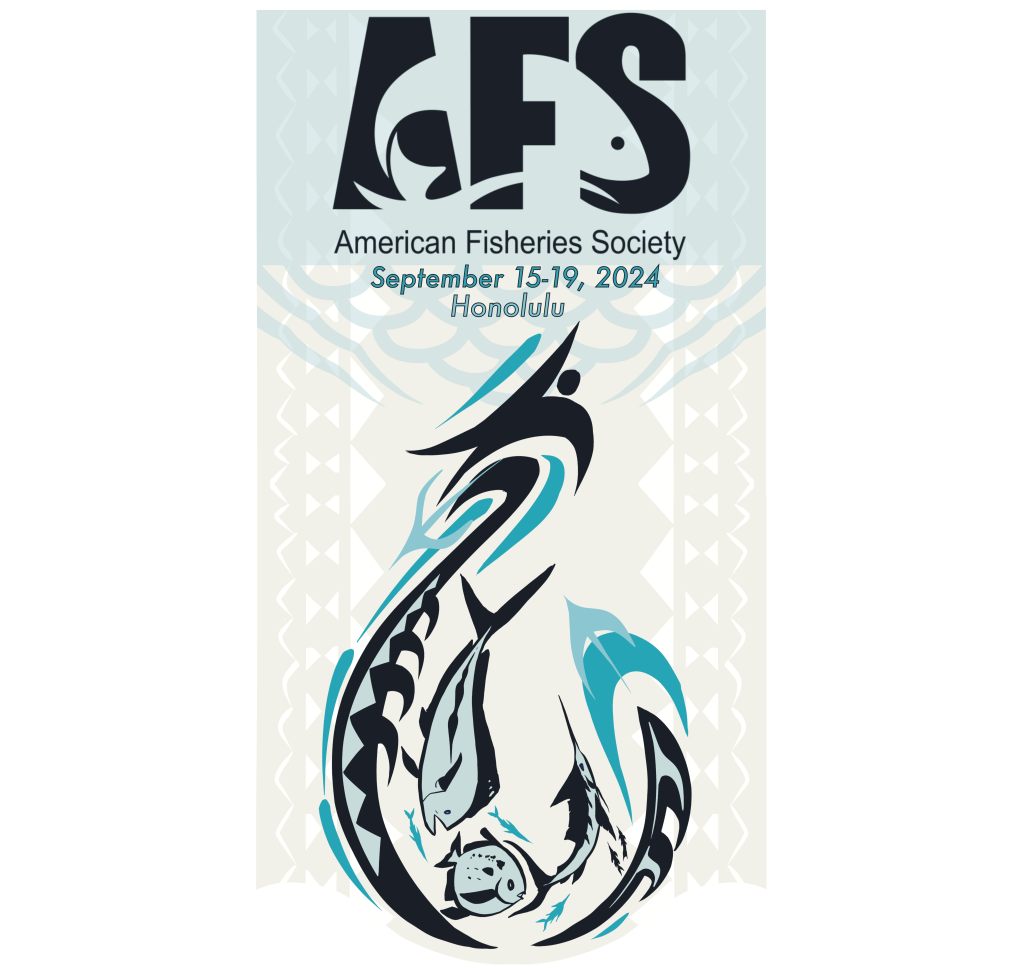The variety of ecosystem modeling tools available to guide conservation and recovery efforts of at-risk, threatened, and endangered aquatic species is continually expanding. Current modeling approaches include a wide range of complexity, for example: matrix population models; multi-species population dynamics models; state-space models; agent/individual-based models; Bayesian belief networks; ensemble models; and end-to-end ecosystem modeling. From the fisheries perspective, multi-species, systems, and ecosystems models may include fish species as well asinvertebrate prey and terrestrial predators. With expanding computing technology, neural networks, and artificial intelligence, those same models are becoming even more effective as predictive tools that can help guide managers responsible for conservation and recovery efforts. The primary goal of this symposium is to provide an opportunity for practitioners from the various areas of ecosystem modeling to present their approaches to each other, to potential users, future practitioners, and managers looking for potential ways to better support their management decisions.
Organizer: Mark Wildhaber, USGS Columbia Environmental Research Center, [email protected]
Co-organizers: Nicholas Green, Michael Colvin
Supported by: U.S. Geological Survey
